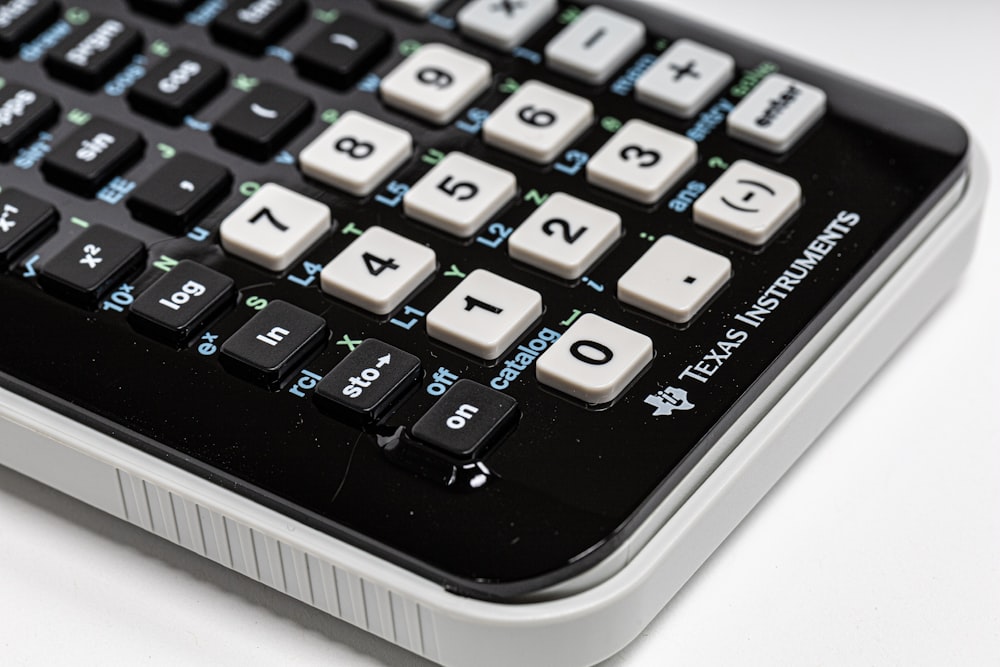
Although currently traveling abroad is still a high risk, it never hurts to make vacation plans. So, when the conditions are safe, we can immediately lift the suitcase and enjoy me time to the fullest. Even though it’s still in the middle of a pandemic, that doesn’t mean you can’t go on vacation too. We can take advantage of technological sophistication for a virtual vacation.
Lai Chi Wo Cultural Center
Lai Chi Wo is a model for rural revitalization in Hong Kong. The achievements of the villagers and their volunteers that have been recognized by UNESCO are recorded at the Lai Chi Wo Cultural Center, inside a restored village house.
The restored agricultural land is now used as agricultural land. Some of the plants cultivated here include organic rice, turmeric, winter melon, and roselle. The center’s exhibits of old rock specimens, farm tools, household items and traditional Hakka clothing offer visitors a better understanding of local ecology and history.
Forest Fung Shui
Enclosed at the front by a fenced wall, the traditional Hakka houses in this village are flanked by a dense forest area, called the ‘Fung Shui’ Forest. The villagers here regularly plant trees, according to the feng shui philosophy of living in harmony with nature, in the hope that it will bring them greater luck and wealth.
The serene crescent-shaped forest is home to more than 100 species of Hong Kong plants. Within the forest are some odd-looking ancient trees, including the century-old Hollow (or Sweet Gum) Tree, with many holes in the center of the trunk, the giant Five-Fingered Camphor, and the Stangler Fig.
White Flowered Derris Boardwalk
Near the coastal mangroves, you’ll see giant vines resembling pythons criss-crossing the ground. Some of these plants also hang from trees and form arches.
This is a white-flowered Derris (Derris alborubra) climbing shrub, with a stem diameter of up to 30 cm, which takes hundreds of years to grow to this size.
The area around Lai Chi Wo is home to about 112 species of freshwater insects, and is an important habitat for a wide variety of birds, butterflies, dragonflies, and reptiles, including the endangered Yellow-Beasted Bunting songbird and the White Dragontail butterfly. which is rare.
Coastal Heritiera and Mangroves
Follow the current out of the village until you arrive at the freshwater wetland area, which is one of the largest and most biologically diverse in Hong Kong. All eight species of mangrove native to Hong Kong can be found in the area, including the Heritiera Coastal mangrove (Heritiera littoralis), some growing to 15 meters tall, which are the largest in the city.
The species’ impressive, interwoven network of supporting roots ensures it thrives in wet, slippery environments. The wetland mud flat area is also home to seagrass species such as Zostera japonica and Halophila ovalis, which are valuable food and protection habitats for young coastal creatures including fish and crab and shrimp larvae.
Lai Chi Wo Village
The once thriving and prosperous Hakka Village in Lai Chi Wo was built over three centuries ago. More than 200 houses, laid out in precise horizontal and longitudinal rows according to geomancy rules, and protected by rustic walls. The village was home to more than 1000 residents, before a sharp decline in population began in the 1960s.
Today, Lai Chi Wo Village is included as part of the Hong Kong UNESCO Global Geopark and is now a popular destination for hikers and ecotourism. Farmers have returned to planting rice and vegetables and herding cattle, and some old houses have been converted into shops and visitor centres.
On weekends or holidays, you will find village shops and stalls offering a variety of Hakka food and dishes, such as salted chicken, boiled pork and omelet with preserved radish, dumplings and chicken porridge.

